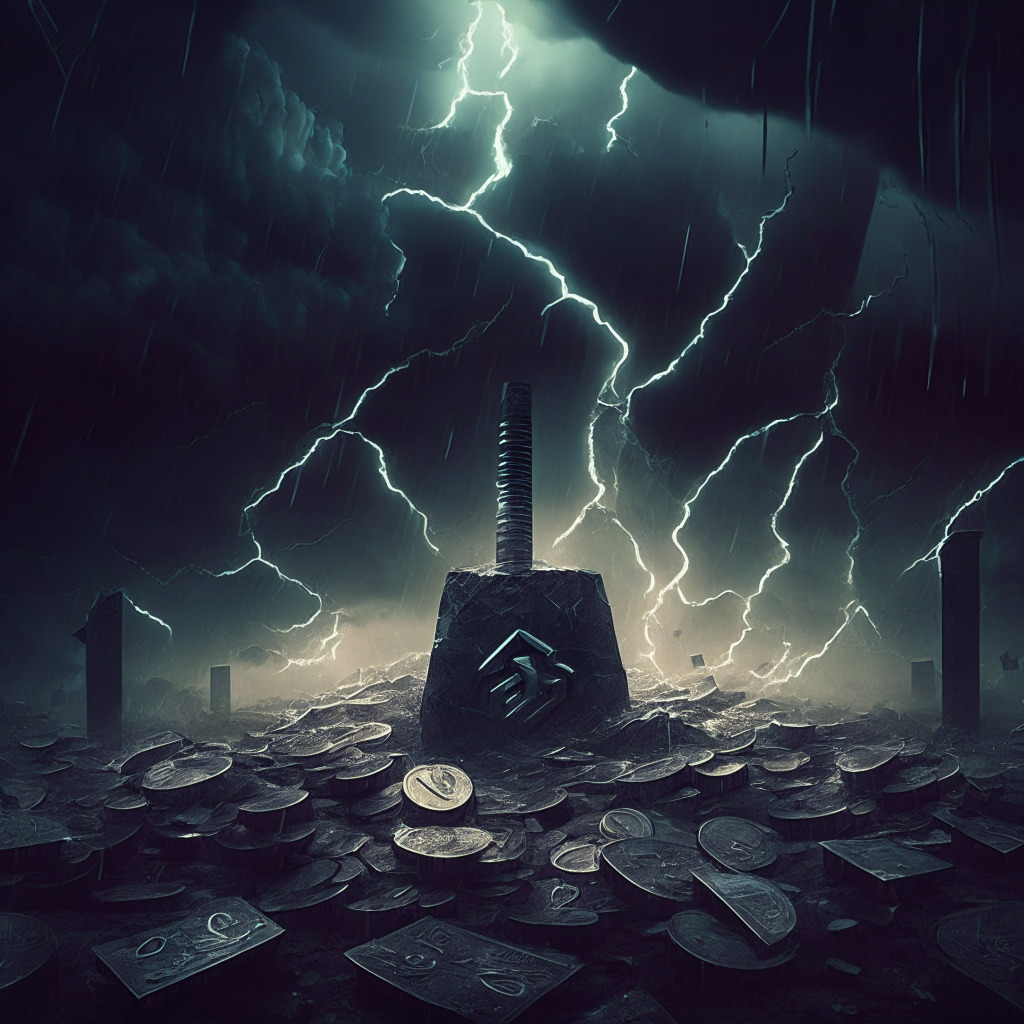In an ever-evolving digital world, blockchain technology has surfaced as a transformative innovation that caters to those who appreciate absolute transparency, security, and decentralization. Beneath the crypto buzz, it is the digital ledger that records transactions across multiple computers to ensure security and decrease the chance of tampering.
As we begin to harness the power of blockchain, critics argue the technology might hold unaddressed risks that could offset its potential benefits. Consider this, the utopian vision of decentralization brings about a unique impediment – the lack of a centralized authority. In scenarios where transactions go awry, there is essentially no lifeline — a fact that could be unnerving to many.
On the other side of the coin, proponents believe that the lack of a central authority sets blockchain apart from traditional financial setups. With blockchain, we completely eliminate the ‘middleman’. This leads to faster transactions and lower transaction fees, a real game changer especially for international transfers.
Interestingly, while blockchain has been deemed exceptionally secure, it is not entirely immune to cyber attacks. Recently, flash loan attacks in the decentralized finance (DeFi) space has rung alarm bells among crypto enthusiasts. Concurrently, blockchain’s presumed invincibility in security is questioned by instances of “+51% attacks”. But it’s important to remember, no technology is devoid of challenges in its formative stages.
To say that the blockchain is flawless would significantly overlook these important facets. However, it’s also crucial to note that its potential to significantly overhaul various sectors such as finance, AI, healthcare, voting systems and more, is nearly unparalleled.
In an era of increasing digital trust, blockchain sheds brilliant light on ensuring transparency and security. Critics, on the other hand, underline the technology’s inherent drawbacks that could shadow its promises. It’s a wonderful example of how no innovation, in its entirety, is a remedy without its share of quandaries.
As we submit to the seduction of blockchain euphoria, it is equally pivotal to scrutinize the thorns among the roses. The balance between acknowledging the promise of a blockchain future and understanding its current pitfalls sets us towards a realistic, albeit skeptical, excitement. It allows us to be well-equipped with the knowledge to navigate the rapidly changing schematics of blockchain technology. The dichotomy between a decentralized utopian vision and potential dark underbelly challenges remains a fascinating dynamic of this era-defining innovation.
Source: Cryptonews




